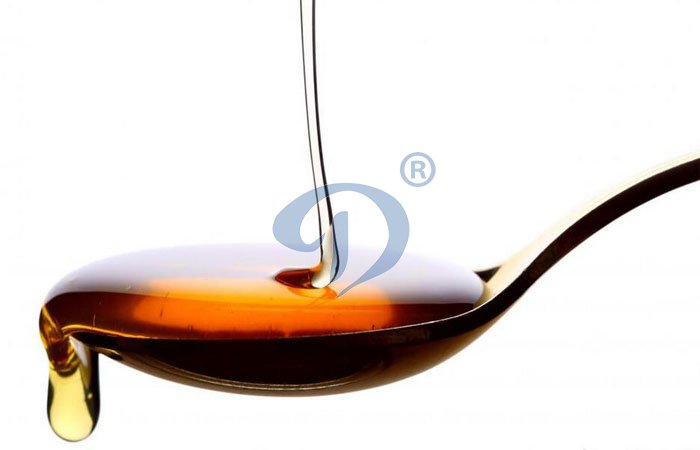 Tel/WhatsApp
Tel/WhatsApp
0086 135 2661 5783

Henan Jinrui Food Engineering Co., Ltd

corn syrup
 What is the capacity of cassava slicer manufactured by Henan Jinrui?
What is the capacity of cassava slicer manufactured by Henan Jinrui?
 How Much is the Cassava Agro Processing Machine Used for Cassava Flour Production?
How Much is the Cassava Agro Processing Machine Used for Cassava Flour Production?
 Which state in Nigeria produce the most cassava?
Which state in Nigeria produce the most cassava?
 Ghana kokonte flour processing facility layout and prices
Ghana kokonte flour processing facility layout and prices
 Boost Cassava Starch Yield and Purity with Innovative Processing Technologies
Boost Cassava Starch Yield and Purity with Innovative Processing Technologies
 Unlocking Nigeria's Potential: Starting a Lucrative Cassava Starch Business
Unlocking Nigeria's Potential: Starting a Lucrative Cassava Starch Business
 5 Must-Know Features Before Buying a Modern Cassava Starch Machine
5 Must-Know Features Before Buying a Modern Cassava Starch Machine
 Advantages of Modern Garri Processing Equipment Over Traditional Methods
Advantages of Modern Garri Processing Equipment Over Traditional Methods
 How does the manioc flour flash dryer reduce energy consumption?
How does the manioc flour flash dryer reduce energy consumption?
 What Kind of Engineering Service Can Henan Jinrui Offer in Garri Processing Project?
What Kind of Engineering Service Can Henan Jinrui Offer in Garri Processing Project?
 Henan Jinrui Secures Order from Benin for 1-Ton Daily Garri and Attieke Processing Machines
Henan Jinrui Secures Order from Benin for 1-Ton Daily Garri and Attieke Processing Machines
 Henan Jinrui Signed Contract to Supply Small Scale Cassava Flour Production Line to Haitian Client
Henan Jinrui Signed Contract to Supply Small Scale Cassava Flour Production Line to Haitian Client
 Garri Processing Equipment: A Deep Dive into Production Costs and Profitability
Garri Processing Equipment: A Deep Dive into Production Costs and Profitability
 Doing Factory Ships High-Quality Garri Processing Equipment to Nigeria
Doing Factory Ships High-Quality Garri Processing Equipment to Nigeria
 Selling High-Quality Cassava Processing Equipment to Uganda
Selling High-Quality Cassava Processing Equipment to Uganda
DOING company offers cassava processing machine from single machine to the complete production line. If you want to get more details about cassava processing machine, please contact us: